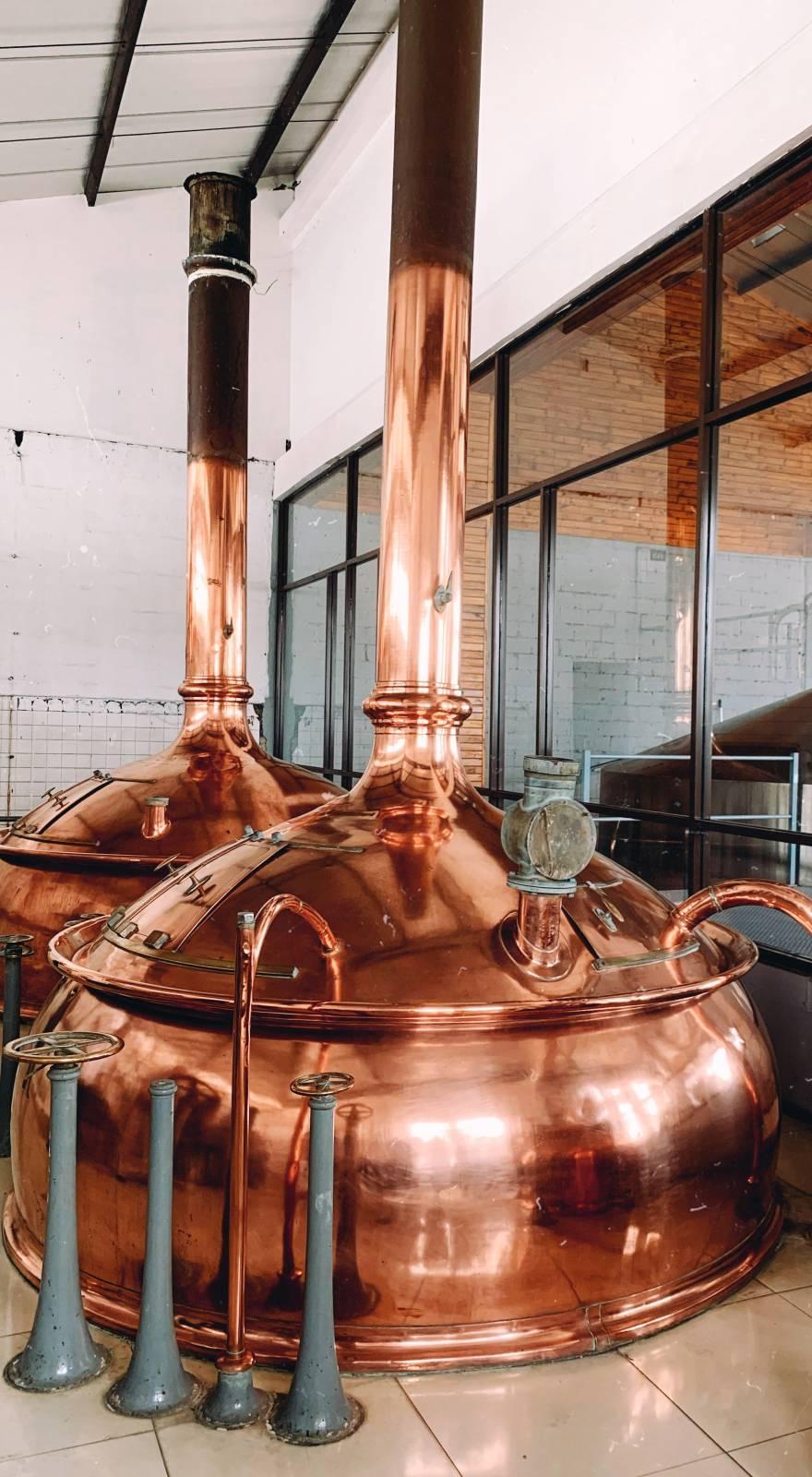Knowde Enhanced TDS
Identification & Functionality
- Plastics & Elastomers Functions
- Technologies
- Product Families
Features & Benefits
- Labeling Claims
Applications & Uses
- Markets
- Applications
- Plastics & Elastomers End Uses
- Plastics & Elastomers Processing Methods
- Applications
Handles, grips, and overmolds
Wearables prototyping
StampsCushioning and damping
Packaging
Properties
- Physical Form
- Mechanical Properties
- Thermal Properties
| Value | Units | Test Method / Conditions | |
| Ultimate Tensile Strength (Metric) | 7.7 - 8.5 | MPa | ASTM D 412-06 (A) |
| Hardness | 80 - 85 | Shore A | ASTM 2240 |
| Elongation At Failure (Metric) | 75 - 85 | % | ASTM D 412-06 (A) |
| Compression Set4 (Metric) | 0.4 | % | ASTM D 395-03 (B) |
| Tear Strength (Metric) | 13.3 - 14.1 | kN/m | ASTM D 624-00 |
| Ultimate Tensile Strength (Imperial) | 110 - 1230 | psi | ASTM D 412-06 (A) |
| Elongation At Failure (Imperial) | 75 - 85 | % | ASTM D 412-06 (A) |
| Compression Set4 (Imperial) | 0.4 | % | ASTM D 395-03 (B) |
| Tear Strength (Imperial) | 76 - 80 | lbf/in | ASTM D 624-00 |
| Value | Units | Test Method / Conditions | |
| Vicat Softening Point (Metric) | 230 | °C | ASTM D 1525-09 |
| Vicat Softening Point (Imperial) | 446 | °F | ASTM D 1525-09 |
Technical Details & Test Data
- Solvent Compatibility
Solvent
24 hr weight gain (%)
Acetic Acid, 5 %
1.3
Acetone
33
Isopropyl Alcohol
9.8
Bleach, ~5 % NaOCl
1.1
Butyl Acetate
16
Diethyl glycol monomethyl ether
30
Hydrogen Peroxide (3 %)
1.3
Isooctane
< 1
Salt Water (3.5 % NaCl)
< 1
Sodium hydroxide (0.025 %, pH = 10)
1
Xylene
29

